“Unused images are the odd ones, the ones that didn’t quite conform to how the world should look or should match a pre-determined scheme,” writes John Myers in the introduction to Life As It Is. It’s a sentiment echoed throughout the monograph, featuring 80 previously unpublished images from his Stourbridge series, shot in the 70s and 80s.
Prior to photography, John had studied Fine Art under the artist Richard Hamilton; it was a lecturing job in the art department at Stourbridge College of Art that first brought him to the West Midlands town. “I’d never taken any photographs before I got a Gandolfi camera in 1972,” he says. “The person I lived with when I got a job in Stourbridge ran a small photographic service area, so I started working in the darkroom. I don’t see any great schism or divide between the world of painting and the world of photography,” he continues. “You’re dealing with images — okay, they’ve got different criteria and different aspects and different technologies — but ultimately, you’re talking about images. It’s all part of the same forest.”

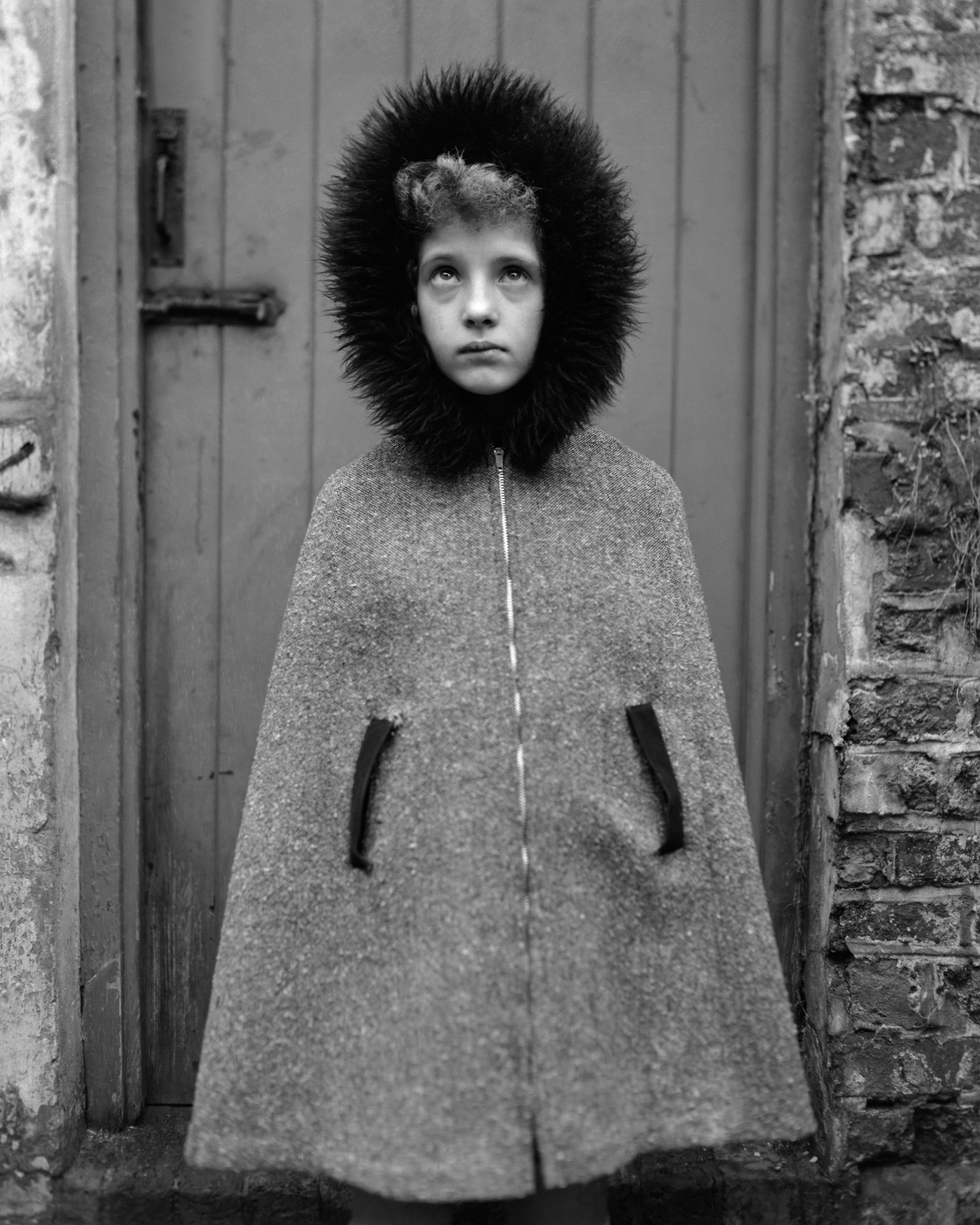
Mainly shooting people he knew (friends, neighbours and friends of friends) and outdoor spaces within walking distance of his home, John’s black-and-white pictures foreground the kind of quiet, domestic scenes that at the time were largely not considered in vogue: a dress hanging on a washing line, a woman with waist-length blonde hair standing in front of a union jack, a man in a floral armchair sat beside a banana plant. “They were not taken with any view for being exhibited or published, I didn’t want other people to see them,” he explains today, “I just wanted to take the photographs, and people were quite happy to be photographed.”
Shooting on a large 5×4 camera requiring a tripod, the physical process often shaped the final composition, providing the stillness that underscores each image, many untouched for over thirty years. “This particular collection of photographs are the ones I never used, that were never printed. When you look back at the work that you select [for] printing or publishing or exhibiting, you begin to realise that you’re actually driven by the things that you need to see. You begin to promote your own view of the world.”

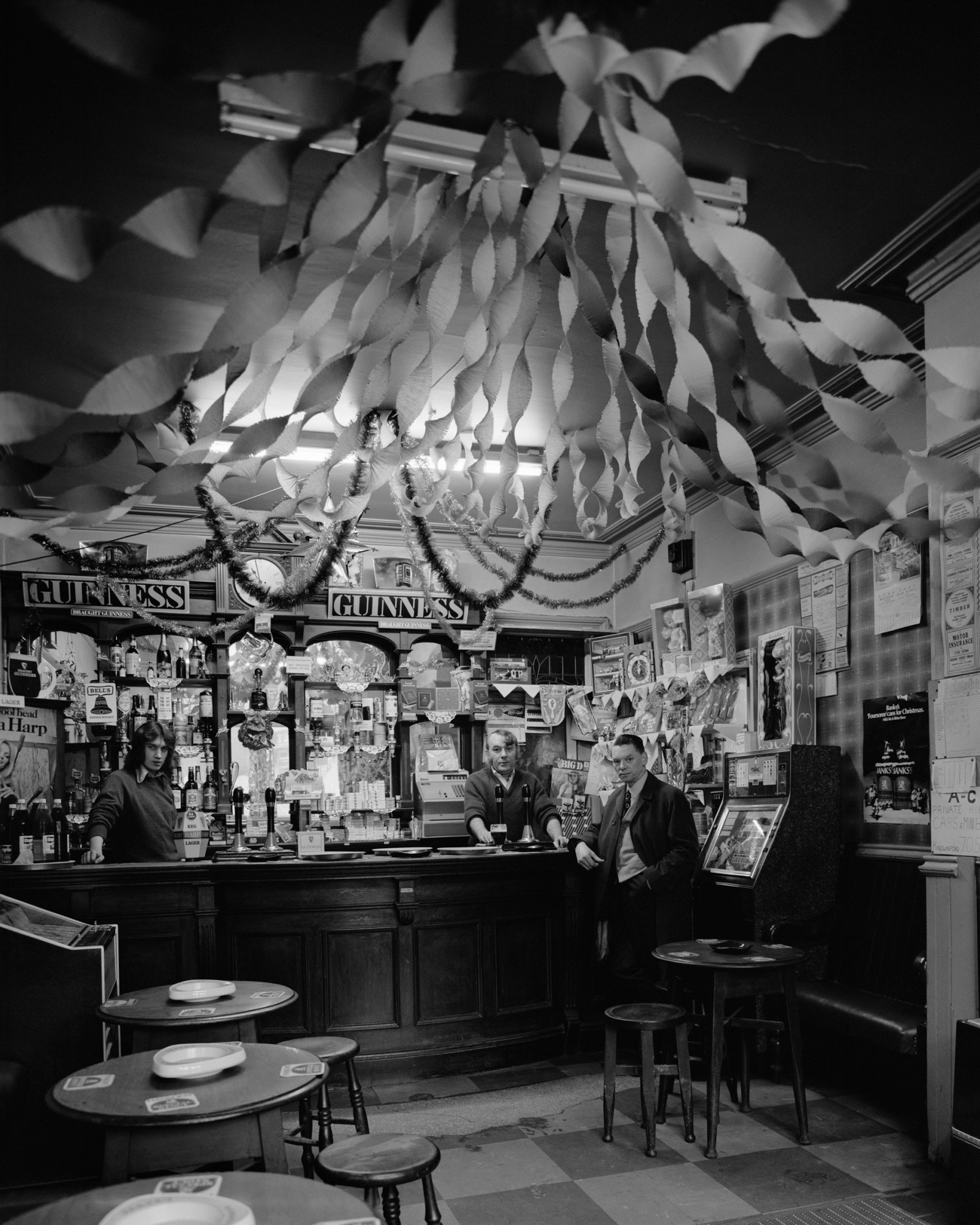
“You have a notion of what an exhibition is, or what a set of photographs are,” he continues. “And that’s really driven by lots of things, [especially] this idea of aesthetics. ‘I prefer that photograph to that photograph’, or ‘that photograph fits with that other photograph’, and the point I’m beginning to make is it’s the stuff that is leftover, unused and often forgotten that may well present the truer picture of life as it is.” Resolute that his pictures were just for him, in 1973 John participated in a group show at the Serpentine gallery; several others followed later in the decade, but it wasn’t until 2011 that the work attracted renewed critical attention when Birmingham’s Ikon gallery exhibited John Myers Middle England.
The new book then, comprised of photographs each receiving a second life, was largely informed by this revised perspective that questions the value placed on some moments versus other moments. “When photography started in about 1840, the excitement was that it was actually photographing the world. It wasn’t about trying to construct a story about the world,” adds John, confronting the recent trajectory of photography in shaping a narrative of its own, as opposed to simply highlighting the everyday. “There’s a tenor and an aspect of life as it is, which isn’t spectacular. Imagine you’re looking at a brick wall; you don’t see the mortar do you, the stuff that’s holding it all together? You remember the big things. There’s a common notion that when you die, your whole life flashes before you. I wonder, does your whole life flash before you, or is it just the important bits? Or might it be that in the last flickers of life, your senses latch upon the inconsequential?”
Life As It Is, published by RRB Photobooks, is available for pre-order now. An exhibition of John’s photographs, The Portraits, is open now at General Office
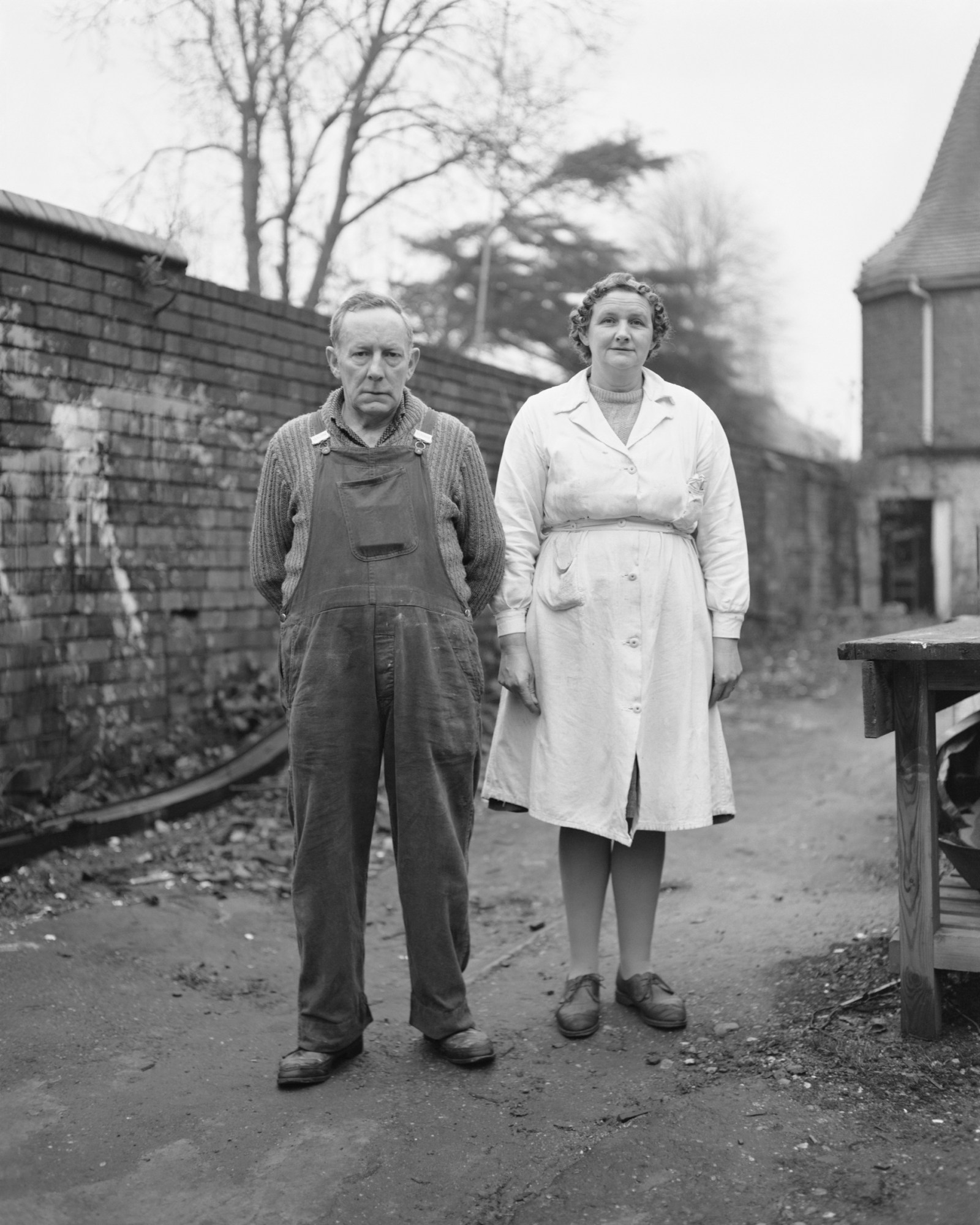
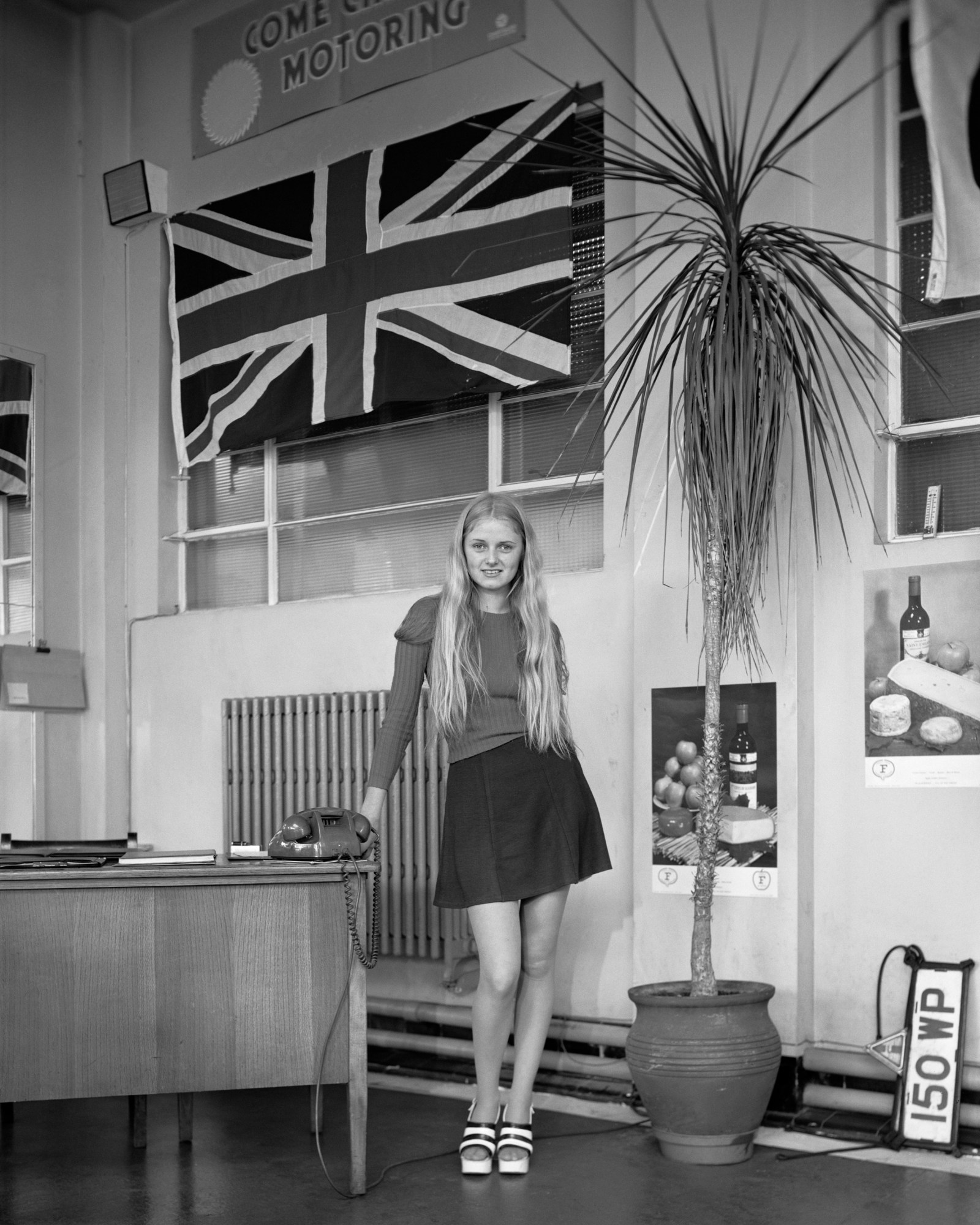
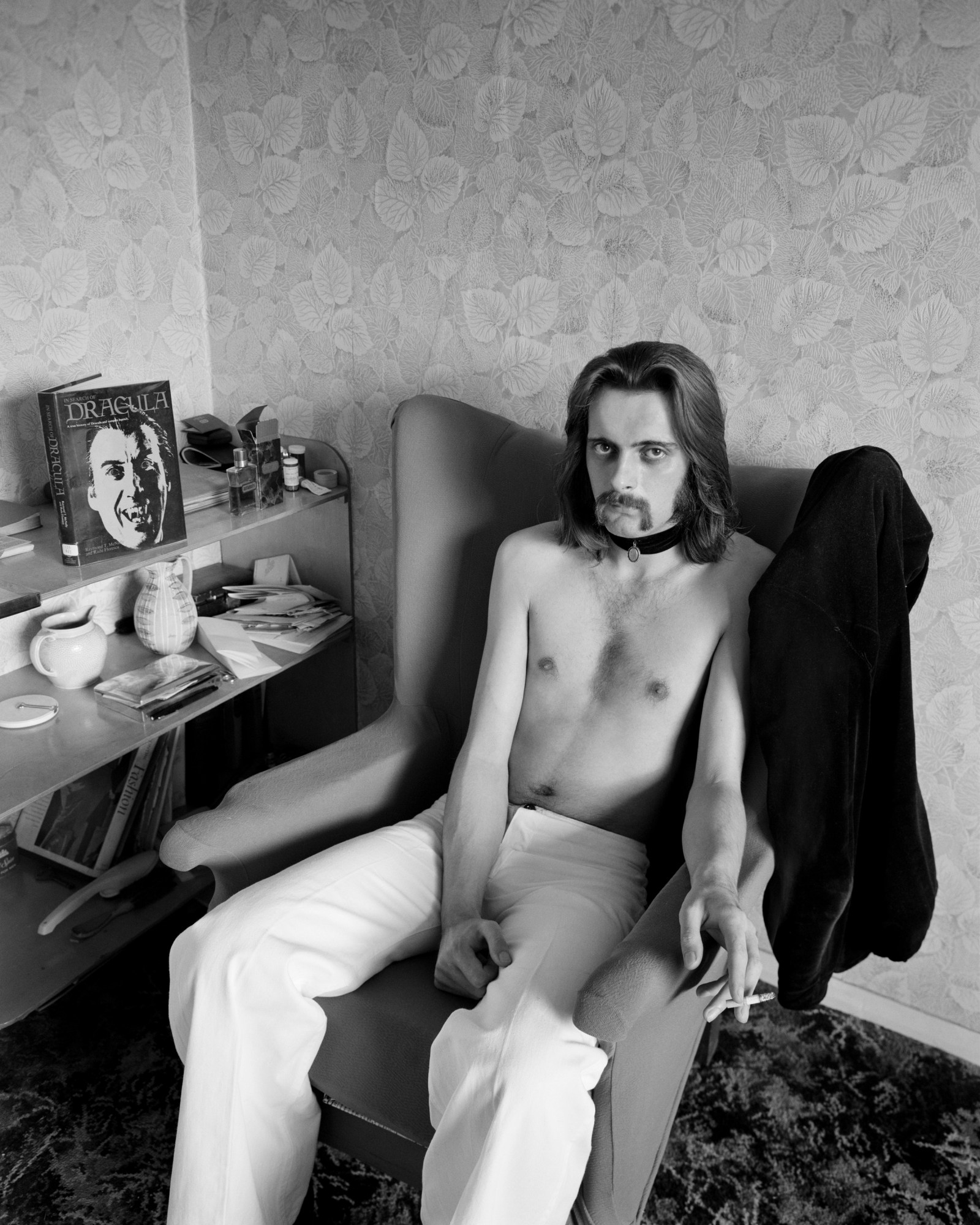
Credits
All images © John Myers

